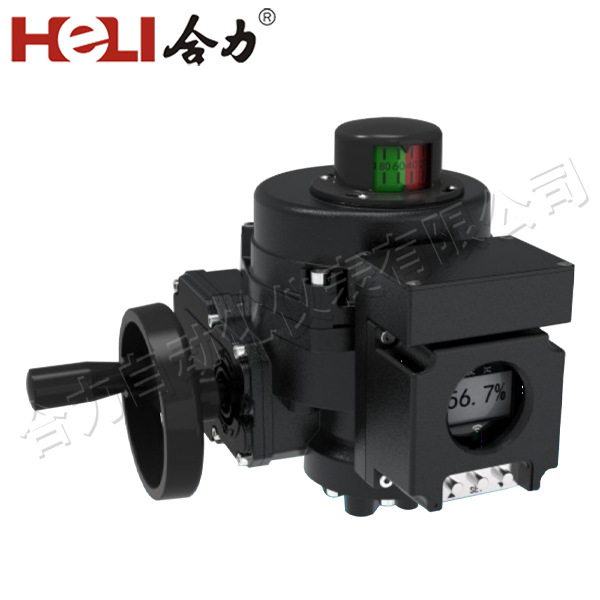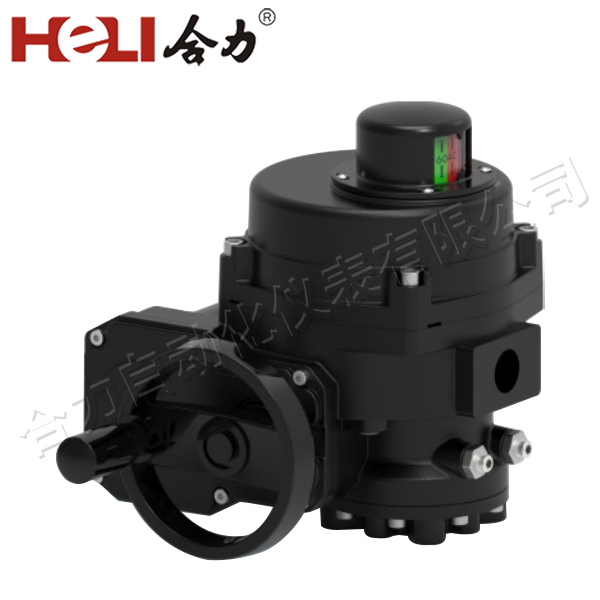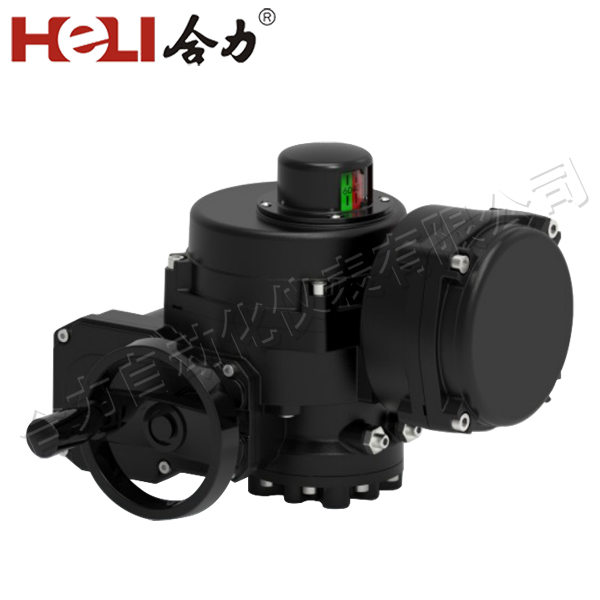Lithium battery electric actuators are gaining significant attention in industries such as automation, robotics, automotive, and aerospace due to their compact size, energy efficiency, and low environmental impact. These actuators combine the advanced capabilities of electric motors with the power storage advantages of lithium batteries, offering a solution that improves performance, reduces costs, and enhances sustainability. In this article, we will explore the working principles, applications, benefits, and future prospects of lithium battery electric actuators.

What is a Lithium Battery Electric Actuator?

At its core, a lithium battery electric actuator is a device that converts electrical energy into mechanical motion, powered by a lithium-ion battery. The actuator consists of an electric motor, a mechanical drive system, and a controller that manages the flow of electricity. The lithium battery provides the energy needed to power the motor, enabling the actuator to perform specific movements, such as opening or closing a valve, lifting a load, or adjusting a position in a robotic arm. The lithium-ion battery is known for its high energy density, light weight, and long cycle life, making it an ideal choice for powering electric actuators. These actuators are often designed to be energy-efficient, ensuring that the stored power is effectively utilized and that they can operate for extended periods without frequent recharging.
